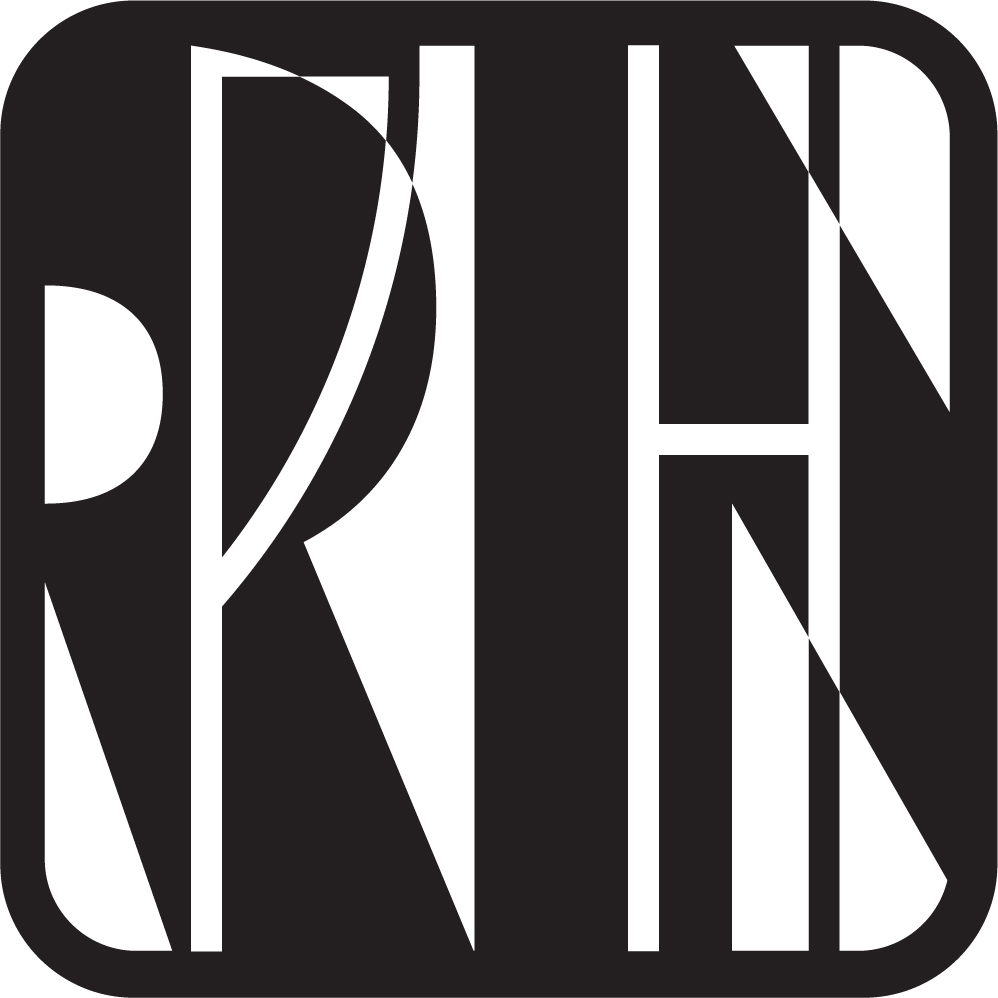(SD video, 32 mins, 2007)
Steven Ball made an illuminating interview with me in 2007. Below are the original programme notes from the premiere in Whitechapel Project Space.
PART ONE: TRI U DVA NE IDE
Five shots of the town’s disused cinema present a fleeting document of the social space and history of Majdanpek, a devastated mining town in Eastern Serbia, built up during a period of Yugoslav optimism in 1961 and obliterating the existing settlement almost in its entirety. The cyclical gesture of entering the cinema, the expectations in starting afresh, tracing the same route with different images and sounds, invite the audience to enter between the shots and the frames and to explore their relationship to the moving image and the spaces it inhabits.
Tri u dva ne ide attempts a cinematic reading of present day cinematography (writing-in-movement) and a reading of contemporary representations of Serbia. The challenge of the screen to the written word offers new forms of palimpsest and a fresh demand for reading between the lines.
The bilingual texture is not a direct translation; instead it offers a horizon with which to approach both the images and the ideas presented. An ellipsis becomes a full stop. Lyrics to a pop song by Ceca Raznatovic in brackets (Manta, manta) are replaced by the translation of an elevated passage from Bishop Nikolaj Velimirovic’s Prayers at a Lake. Kokodzar, the name for the nearby mountain which holds the town’s mine - meaningless in Serbian, through English is restored to its original meaning of “blackberry hill” in the oral language of the local Vlah people.
Tri u dva ne ide is also an inquiry into truth through the form of documentary realism. Pivotal is not only the form employed, but the question: who speaks and in whose name? Songs, political slogans, public pronouncements, prayers and overheard conversations all intermingle as historical records. They present simultaneously two contradictory conceptions of history: history as a narrative and history as that which is recorded in a particular medium.
The to-ing and fro-ing of the camera and the text finds its culmination in the dash between two towns: Majdanpek and Vicenza, home and diaspora. This last image stands for a community which has for centuries been brought together and torn asunder by capital and modes of production. It remains consciously inadequate, unlike a plaque, of the space and time which are condensed in that symbol.
PART TWO: TWICE SHY
A single uninterrupted shot of Majdanpek’s open mine in 4:3 aspect ratio is tilted so that its diagonal fits the 16:9 masking. It exemplifies that widescreen is suitable not only for coffins and snakes, but likewise for text. It stretches the tension between home video and cinema, the public and private, the lived and the represented, between offscreen space and the proscenium.
The image forms a texture in italics, its offset colours forming a dialogue of the video grain with itself. In contrast with part one, Twice Shy is an exploration of the industrial landscape and its main movement derives from the camera’s indifference.
The image, sound and text present alternating movements between figure and ground. Several contradictions are elaborated upon: the image recorded in Majdanpek and projected in London, the sounds recorded in London and the silence of the footage in Majdanpek, the silence surrounding a text and the silence within a text. The rhythm of the writing on screen takes its cues from the rhythms of an audio recording of a reading of the text, and remains the only index of the movements of the human body.
As the archaeological texture shifts from dialectical materialism to spiritual meditation, from confession to abstract speculation, the text undertakes a historical journey from the mid-19th century to the present day and a spatial one from Majdanpek to London. This process runs parallel to the movement of the words, the excavation of their different etymologies, and their tides within the dramatic structures of language.
Camera - Tri u dva ne ide: Srdjan Mitrovic
Sound - Twice Shy: Alex Impey
Spaces and times - Rastko Novakovic
Recorded in the town of Majdanpek, above Majdanpek’s mine, in Victoria Park and in the vicinity of the Westerkerk in Amsterdam, between August 2006 and January 2007.
Thank you: Noa Treister, Sasa Markovic Mikrob, Jan Adriaans, svi Majdanpecani - vidjeni i nevidjeni, Free Cinema Seven.
